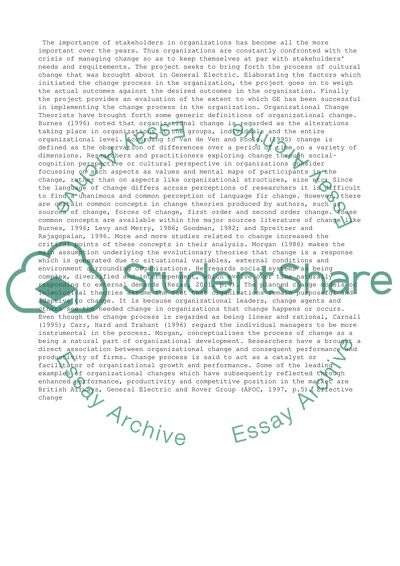Cite this document
(“Management of Change. Why General Electric was required to bring about Essay”, n.d.)
Retrieved from https://studentshare.org/business/1398261-management-of-change
Retrieved from https://studentshare.org/business/1398261-management-of-change
(Management of Change. Why General Electric Was Required to Bring about Essay)
https://studentshare.org/business/1398261-management-of-change.
https://studentshare.org/business/1398261-management-of-change.
“Management of Change. Why General Electric Was Required to Bring about Essay”, n.d. https://studentshare.org/business/1398261-management-of-change.


